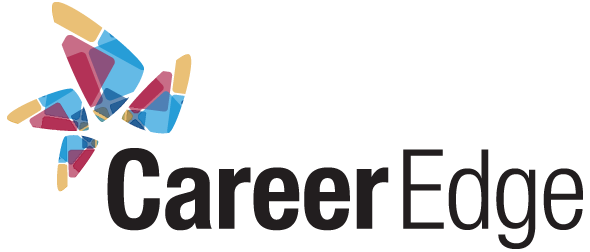Two timely pieces of research on the topic of measuring Diversity were released today from the Toronto Board of Trade and Ryerson University.
The first one, a discussion paper called Lifting All Boats: Promoting Social Cohesion and Economic Inclusion in the Toronto Region, by the Toronto Board of Trade, concludes that even though Toronto attracts the best international talent, the numbers continue to show that overall foreign-trained professionals in the region remain underemployed and their skills and experience untapped. The second study, A Snapshot of Diverse Leadership in the GTA, by DiverseCity (an initiative of the Toronto City Summit Alliance) and The Diversity Institute at Ryerson University, concludes that visible minority leadership in the GTA is in fact moving in the right direction, but change is happening at a slow rate.
The stats around the presence of diversity in the GTA are impressive. For instance, the GTA is one of the most diverse regions in the world with 44% of our residents born outside of Canada. Back in 2008 The Conference Board of Canada predicted that by 2011 Canada’s net labour force growth would be entirely dependent on immigration; with Toronto region leading the way in this respect. Well, since we’re now less than 7 months away from this prediction becoming a reality why are our numbers still lagging? As the DiverseCity research points out, there are organizational trailblazers and there are laggards in each sector.
After having attended this morning’s release event of the second DiverseCity Counts Report, it was inspiring and hopeful to see about 100 of the region’s top corporate, public and voluntary sector leaders in attendance to show their support on this issue. Dr. Eric Hoskins, Ontario Minister of Citizenship and Immigration, spoke eloquently about the social and economic benefits of local bridging programs that welcome, prepare and integrate newcomers into the Canadian workforce. In the true sense of the word, the purpose of bridging programs is to create a bridge between a newcomer and a potential employer. Clearly, this is not a one sided equation. It takes lots of work as a newcomer to navigate through the job search process, not to mention honing language skills while understanding a new culture. From an employer perspective, there also has to be an existing organizational culture in place to welcome, prepare and integrate an internationally qualified individual into their organization. As Dr. Hoskins stressed, bridging programs really do work. He cited the Ontario Government’s leadership in hiring internationally trained individuals (ITI) through their ITI Internship program (operated by Career Edge Organization’s Career Bridge Paid Internship Program) as just one example of a successful bridging program that has launched the careers of hundreds of ITI’s while achieving a key goal of the Ontario Public Service which is to be an inclusive, diverse, equitable and accessible organization.
Since measuring business results is not a new concept and the reality is that there is a strong business case for embracing social cohesion, economic inclusion and diverse leadership – let’s all commit to ensuring the diversity needle moves forward to ensure the future prosperity and competitiveness of the GTA.
This article is by Guest Blogger: Janice Rudkowski, Director, Marketing & Communications, Career Edge Organization
